-
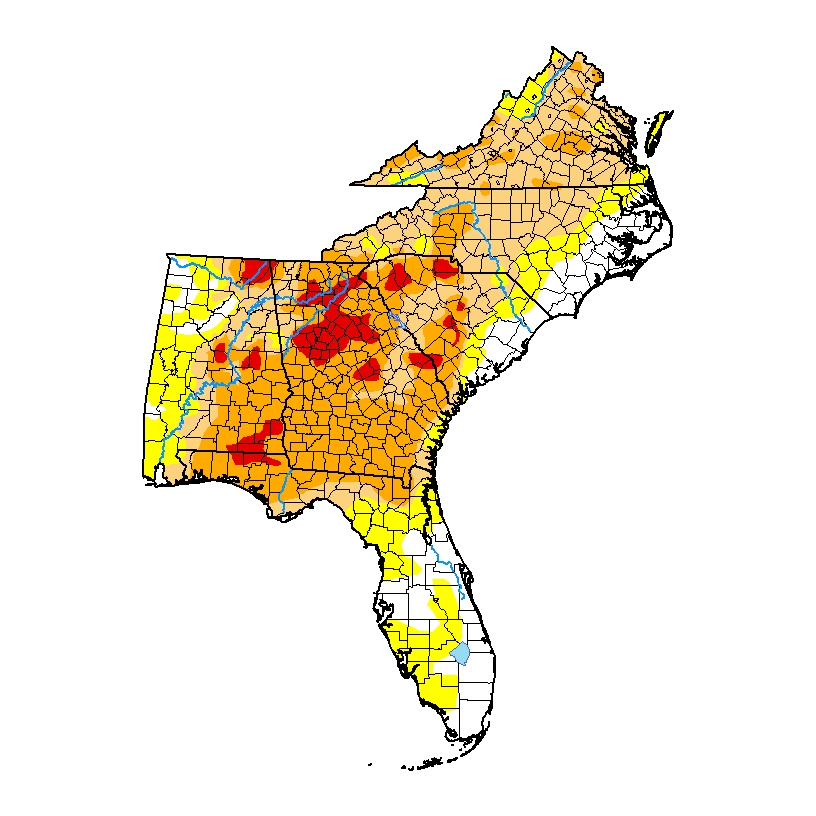
The latest Drought Monitor, released this morning, shows an expansion of all categories of drought in every Southeastern state during the last week. It is important to keep in mind that the cutoff for data for this map was Tuesday morning, before most of the rain fell in southern and central Georgia and surrounding areas,…
Posted in: Drought -

The rain that we have had this week has helped improve soil moisture across the region (at least for those areas that had the rain) and should halt the expansion of drought in those areas in the Drought Monitor. Since the cut-off time for the DM was Tuesday morning, this week’s DM (coming out tomorrow…
Posted in: Climate outlooks -
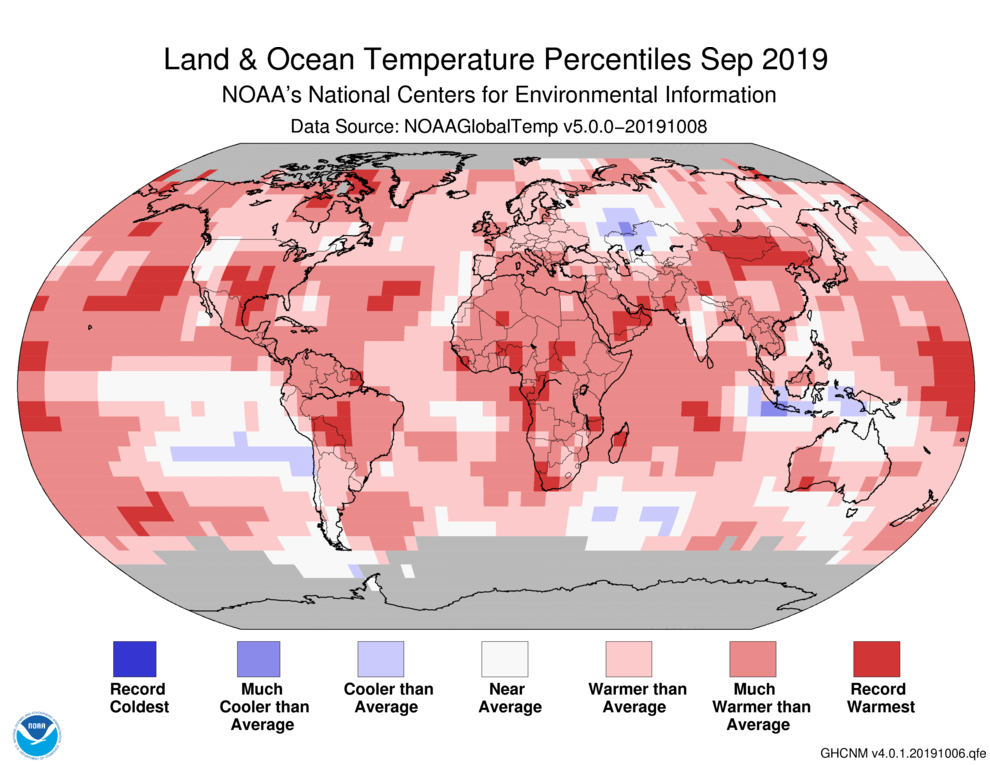
The latest global climate summary for September 2019 was released today. It shows that September 2019 tied for the warmest September since records began in 1880. For the year to date, this year is second only to 2016 in warmth. You can read more details at https://www.ncei.noaa.gov/news/global-climate-201909.
Posted in: Climate summaries -

A recent paper found that decades-long, natural climate cycles have determined the northern extent of Florida mangroves for at least the past 250 years. Freeze events that took place approximately every 10 to 30 years caused die-offs, during which mangroves were replaced by salt marshes until warmer trends spurred regrowth. So far, there has not…
-
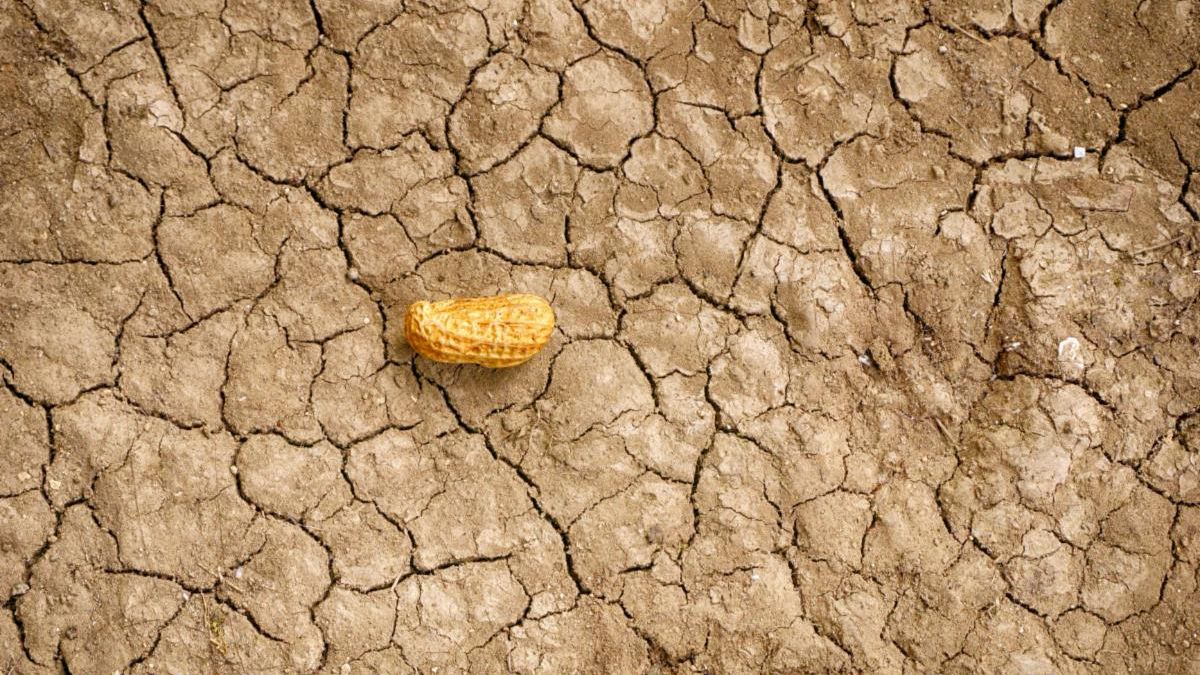
The recording of last Thursday’s (October 10) webinar on the flash drought and its impacts on agriculture is now available. Please go to https://register.gotowebinar.com/register/3862877220399463692 and register, then the recording should appear. Thanks to those who attended or sent me information! Hopefully the rain this week will stop the progression of drought and provide some relief.
Posted in: Drought -
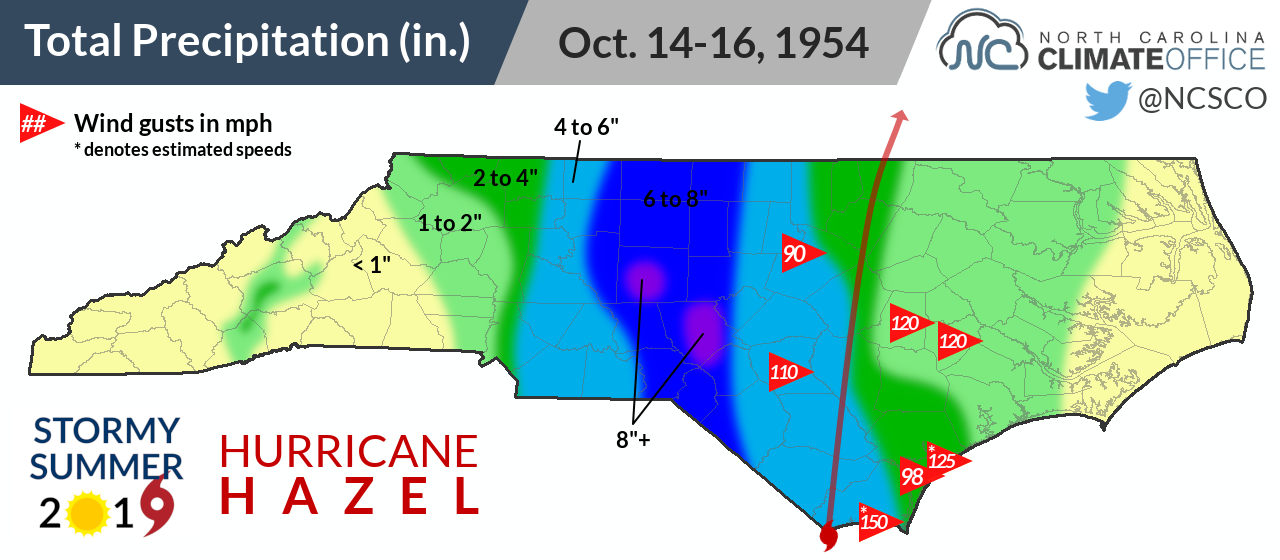
In their latest blog post on historical hurricanes to hit North Carolina, the Corey Davis of the NC Climate Office looks at Hurricane Hazel, which hit 65 years ago today at the only category-4 hurricane to ever hit the state. You can read more about it at https://climate.ncsu.edu/climateblog?id=301&h=5666e5c1.
-
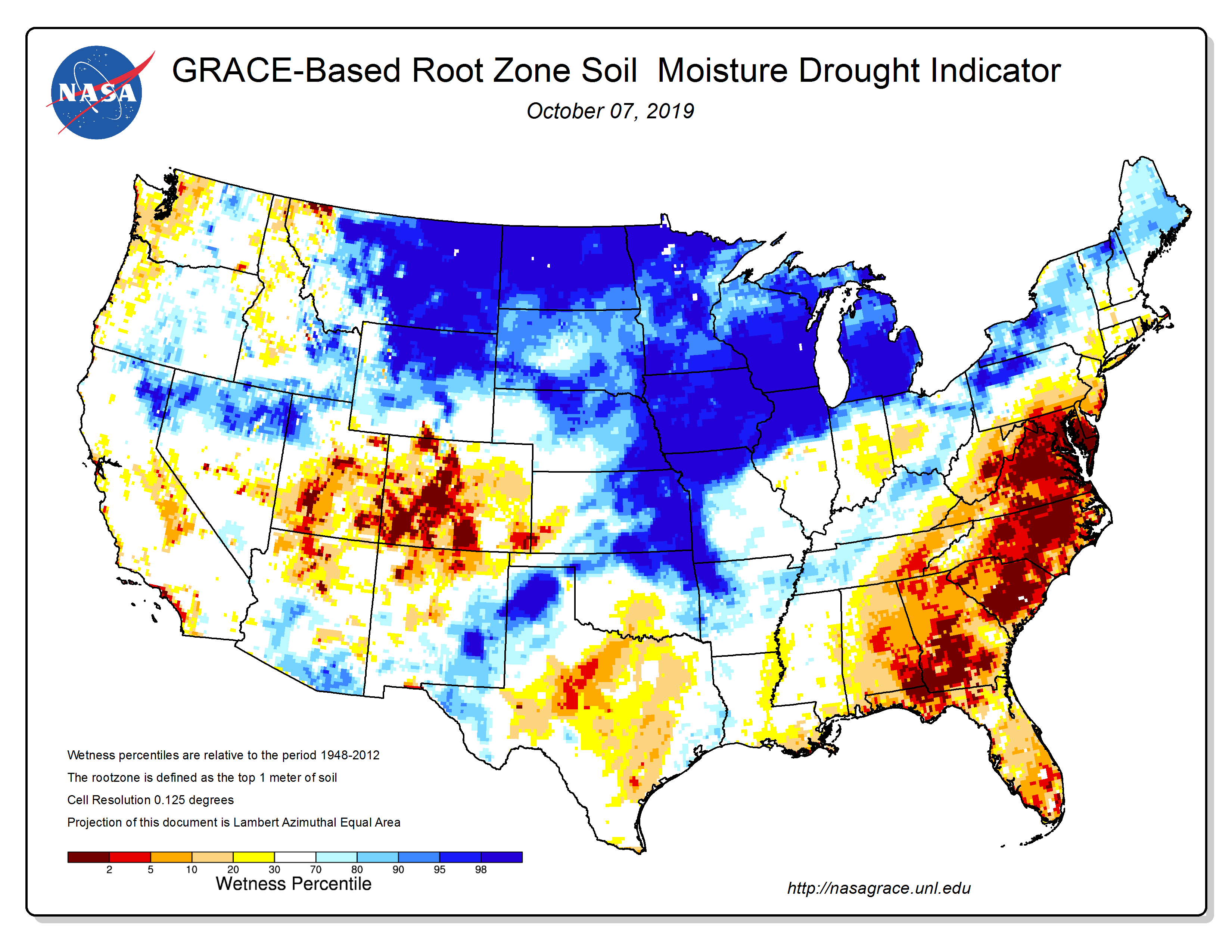
The use of satellites to monitor climate conditions provides some really good fine-scale detail about how conditions like soil moisture are changing over time. The NASA GRACE tool provides a look at soil moisture depletion in several different zones, including the root zone. This map from last week shows how dry the root zone is…